Paradigms for Change and the Value Curve
To advance along the Human Services Value Curve (HSVC), progressive human services leaders and practitioners are strategically leveraging key transformation models, innovations, and insights. Notable progress has been made in:
- Advancing Racial Equity in Social and Economic Mobility
- Lifting up the Respect, Autonomy, Agency, and Dignity of People, Families, and Communities
- Adopting Multigenerational Strategies (2Gen)
- Developing Person-Centered, Strength-Based Approaches
- Redesigning Ecosystems
- Advocating for Systems Change
To help human services leaders, policy makers, and advocates use these paradigms for change to accelerate movement up the Value Curve, this section defines each of these concepts and provides frameworks and case studies illustrating how leaders have effectively introduced strategies in each of these areas to drive change.
Lifting up the Respect, Autonomy, Agency, and Dignity of People, Families, and Communities
Progressive human services leaders who aim to move to the generative horizon of the Value Curve are unabashed about their commitment to lifting up the respect, autonomy, agency, and dignity of people, families, and communities. But what does that mean in practice?
We define…
- Respect
- “having due regard for the feelings, wishes, rights, or traditions of others.”
- Autonomy
- “self-directing freedom and especially moral independence.”
- Agency
- “the capacity, condition, or state of acting or of exerting power.”
- Dignity
- “the quality or state of being worthy, honored, or esteemed.”
- Power
- “possession of control, authority, or influence over others.”
To deliver on this charge, human service organizations must take intentional steps along the four-dimensions of the Value Curve: Governance & Structure, Insights & Evidence, Services & Solutions, and People & Culture. To provide other leaders with strategies, tools, and approaches to guide these efforts, the second national Kresge NextGen Human Services cohort developed an action framework.
For additional details on their work please visit: nextgenhumanservices.org/nextgen-framework
Serving People, Families, and Communities
and the Value Curve in Action
At the height of civil rights movements in the United States, Bayard Rustin, a visionary activist and organizer, observed, “Dignity and self-respect are not abstract virtues that can be cultivated in a vacuum. They are related to one’s job, education, residence, mobility, family responsibilities, and other circumstances that are determined by one’s economic and social status in the society.” Recognizing this truism, human services leaders described in the following cases are deliberately lifting up the respect, autonomy, agency, dignity and power of people, families, and communities.
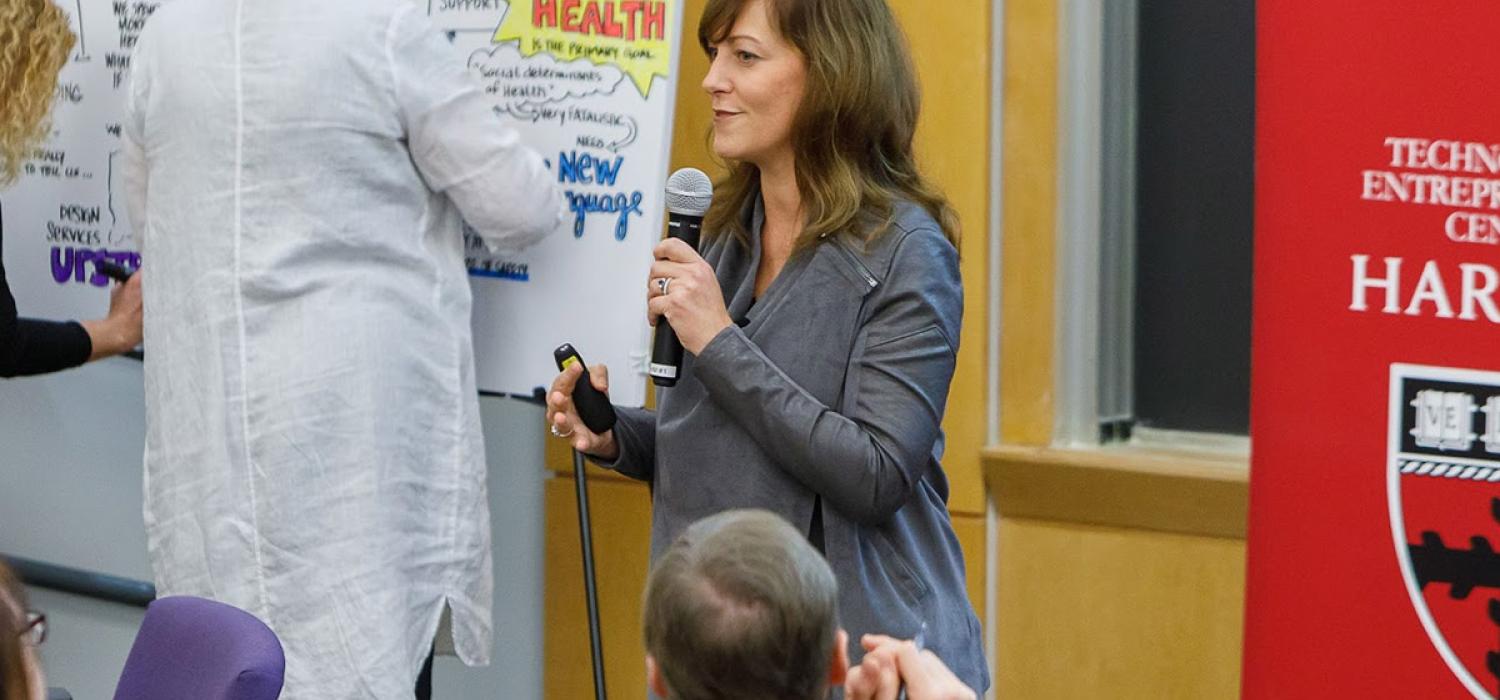
The Office of Healthy Opportunities: Moving Upstream in Indiana
For Fiscal Year 2018, the state of Indiana’s Medicaid budget was a whopping $11.8 billion. Despite its investment, Indiana struggles with its health outcomes: for example, it places 44th in the nation for adult smoking, and is 7th worst in the… Ecosystem Redesign, Upstream Services, Person Centered
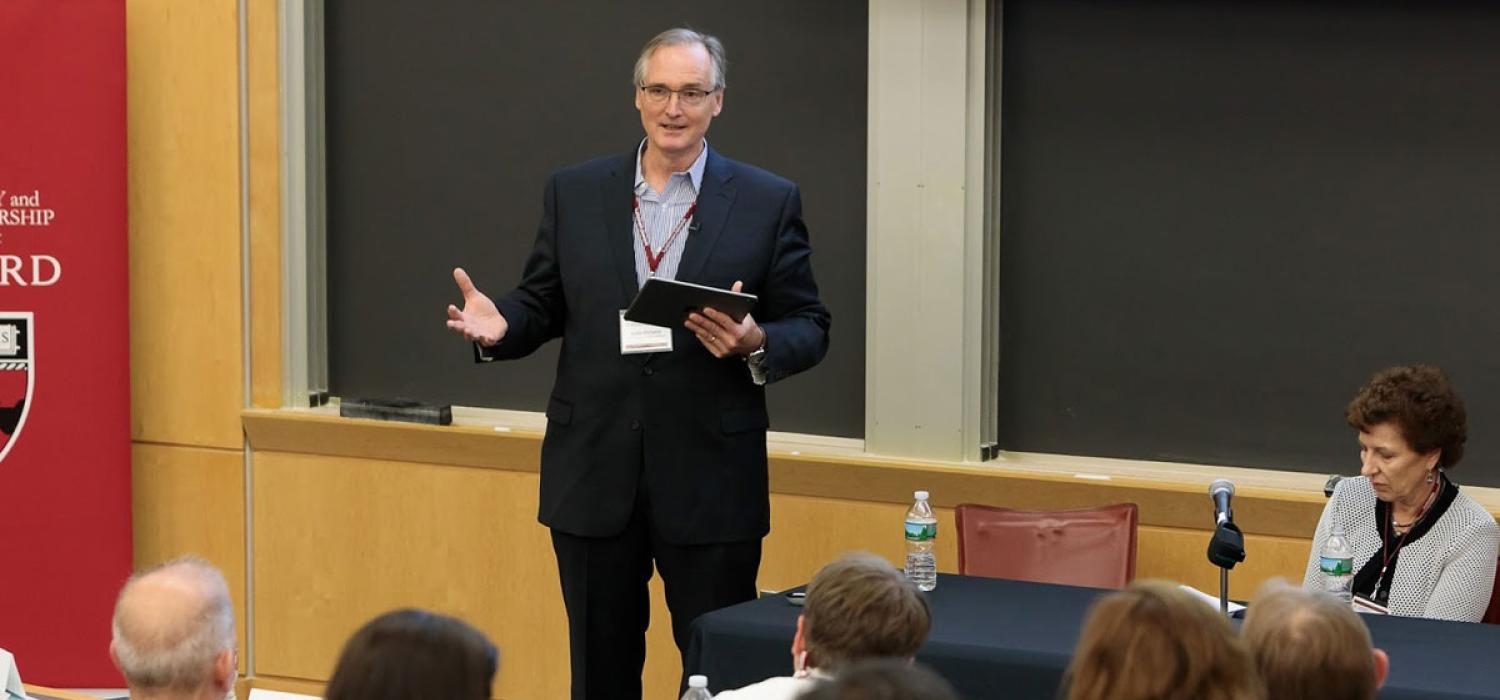
Creating an Outcomes-Focused System at Lutheran Social Services
In fall 2014, Mark Stutrud was fishing for salmon in Michigan’s Pere Marquette River when a colleague introduced an intriguing but fraught proposition: interviewing to become the CEO of Lutheran Social Services of Illinois (LSSI), the largest… Insight & Evidence, People & Culture, Ecosystem Redesign, Person Centered
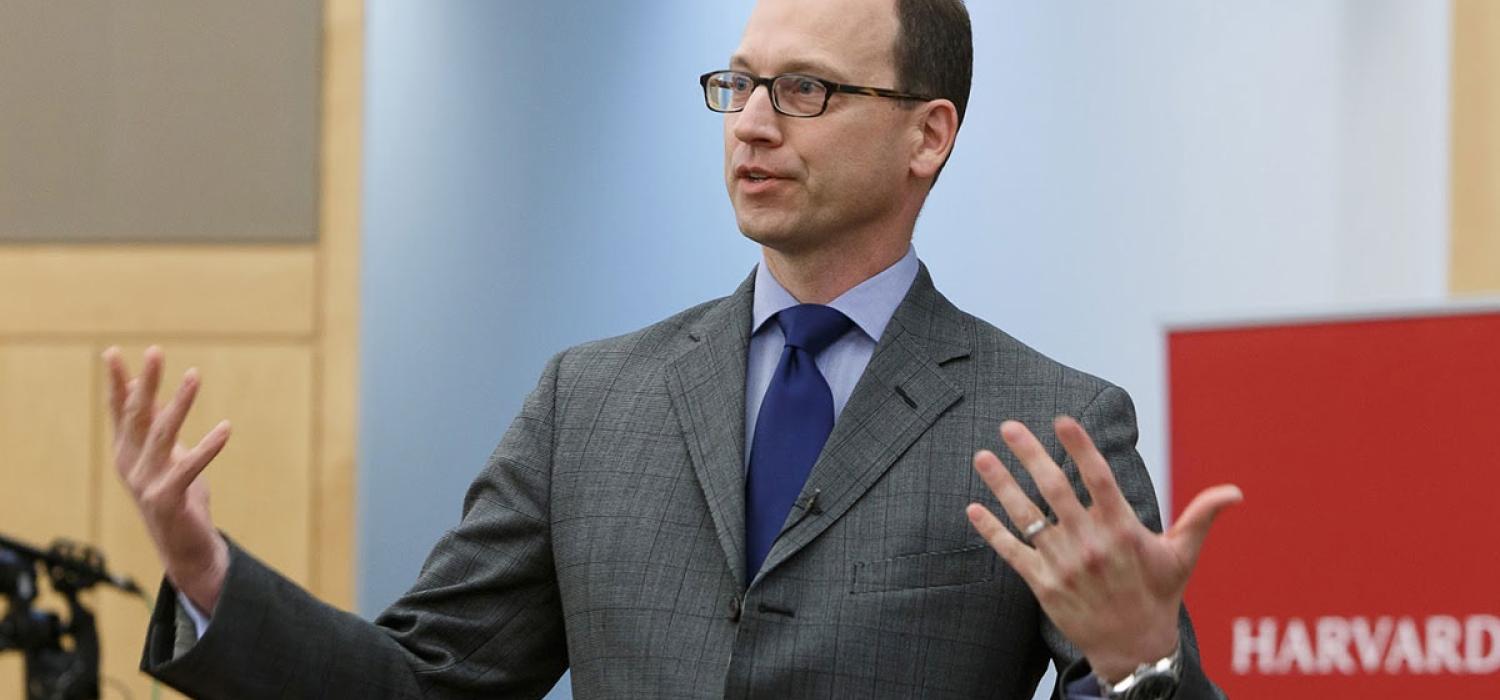
Transforming Neighborhoods Initiative in Prince George's County
In the late 2000s, Henry “Hank” P. Stawinski III, then a senior official in the Prince George’s County (MD) Police Department, identified a troubling trend. Before the start of the millennium, his jurisdiction had had consistently high crime,… Governance & Structure, Insight & Evidence, 2Gen, Ecosystem Redesign, Person Centered
2Gen and the Value Curve
Accelerating Advancement Along the Value Curve
To progress along the Value Curve and advance social and economic mobility, it is imperative that human services leaders and organizations effectively integrate multigenerational strategies, or a two-generation (2Gen) approach. Historically, many human services providers have focused solely on the child or the parent. Recognizing how deeply interconnected the wellbeing of children and adults are, 2Gen adopts a family-centered lens, designing and delivering services and opportunities for both the child and the adults in their lives – including the critical role of fathers – and measuring outcomes for both children and adults.
To provide the experiences, supports, and resources for families to thrive, 2Gen approaches focus on the six components of:
- Early Childhood Education and Development
- K-12 Education
- Postsecondary Education and Employment Pathways – Access to quality education and clear career pathways
- Social Capital – Connections to people, information, and opportunities to give and receive support
- Economic Assets – Financial stability
- Health and Well-Being – Access to health care and mental, physical, and behavior health improving opportunities.
The most effective 2Gen approaches integrate five key principles:
- Measure and account for outcomes for both children and their parents.
- Engage and listen to the voices of families.
- Ensure equity.
- Foster innovation and evidence together.
- Align and link systems and funding streams.
For additional details on these core components and key principles, which were developed by Ascend at the Aspen Institute (a national hub for ideas and collaborations focused on 2Gen), please visit their website at: ascend.aspeninstitute.org/2gen-approach/
For inspiration on operationalizing these ideas, you can learn about the work of the second national Kresge NextGen Human services cohort at: nextgenhumanservices.org/2gen
2Gen and the Value Curve in Action
“There’s good evidence that when you invest in both parents and children together, there are, immediately, better outcomes in terms of stability for families, and down the road, better outcomes in health, achievement and connection to community,” notes Anne Mosle, executive director at the Ascend Institute. For insights on adopting 2Gen approaches check out the following case studies.
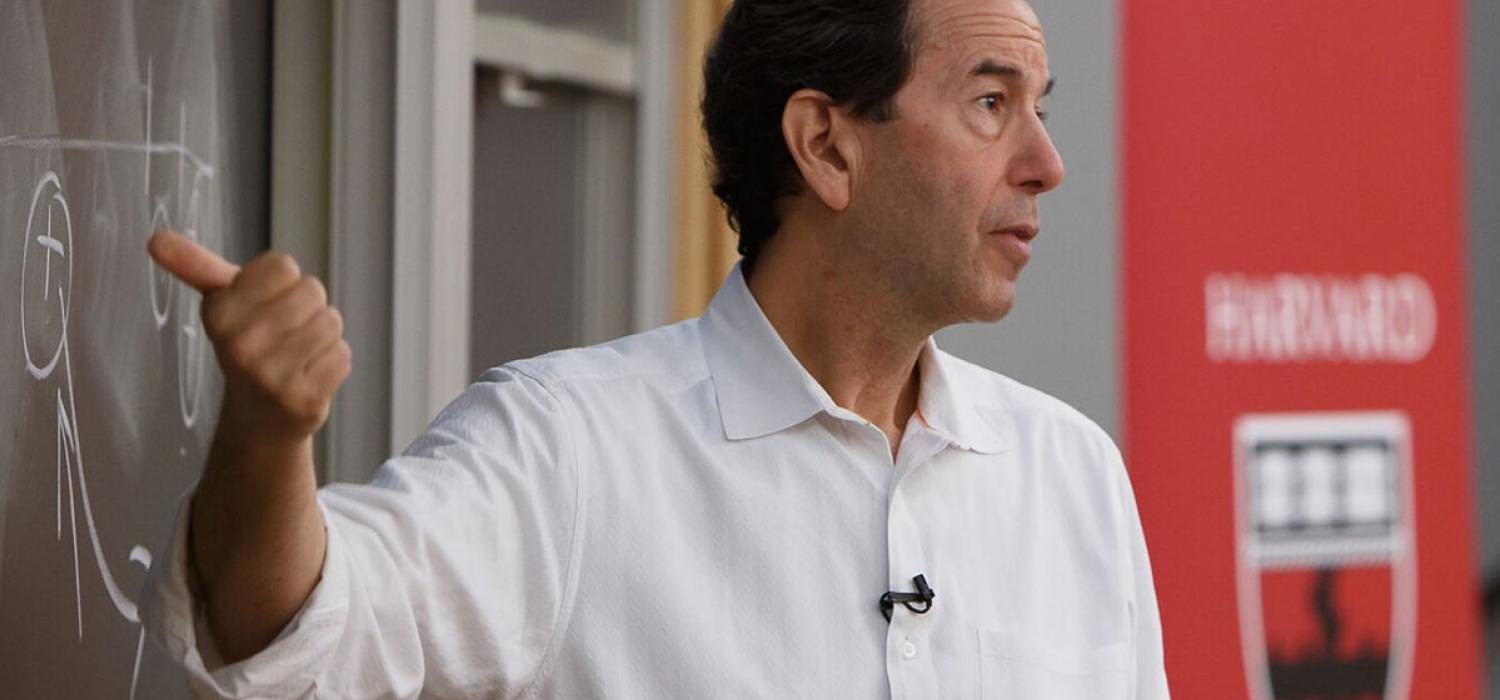
Moving Up the Human Services Value Curve: The Adaptive Challenge
Dr. Ron Heifetz, Founder of the Center for Public Leadership at Harvard Kennedy School, shares insights around the different leadership challenges at each level of the Human Services Value Curve. This discussion revealed that these challenges… Leading Transformation, Person Centered

Translating the Value Curve into a Vision and Plan in Dakota County, MN
Leaders in Dakota County, Minnesota, recognizing the Human Services Value Curve's potential, embarked on a journey of vision and strategic planning. The resulting transformation integrates services provided by the county as well as those provided… Leading Transformation, Services & Solutions, People & Culture, Ecosystem Redesign, Person Centered

The Office of Healthy Opportunities: Moving Upstream in Indiana
For Fiscal Year 2018, the state of Indiana’s Medicaid budget was a whopping $11.8 billion. Despite its investment, Indiana struggles with its health outcomes: for example, it places 44th in the nation for adult smoking, and is 7th worst in the… Ecosystem Redesign, Upstream Services, Person Centered
Redesigning Ecosystems and the Value Curve
Accelerating Advancement Along the Value Curve
Generative outcomes and impact will increasingly require health and human services leaders to build an “ecosystem” for outcomes – a network of organizations, machines, and services that coproduce new solutions to address and solve the root causes of individual, family, and community health and human services challenges.
In this ecosystem-driven future, instead of silo-based organizations attempting to fix one particular program, a “hub organization,” or “platform organization,” will coordinate an array of organizations and services that holistically address an individual’s or family’s needs. This “wrap-around” service improves the ability to solve the complex interrelationships driven by social determinants of health and wellbeing. For example, an ecosystem that aligns housing, nutrition, mental health, and career planning services will improve the ability of a family to sustainably increase their health and overall social and economic mobility. Entirely new levels of outcomes can be realized.
Redesigning Ecosystems and the Value Curve in Action
The only way to sustainably solve complex health and human services challenges is with a new form of organizing policy, resources, and activity. This new form is based on an “ecosystem” for outcomes. For ideas on adopting ecosystem approaches check out the following case studies.
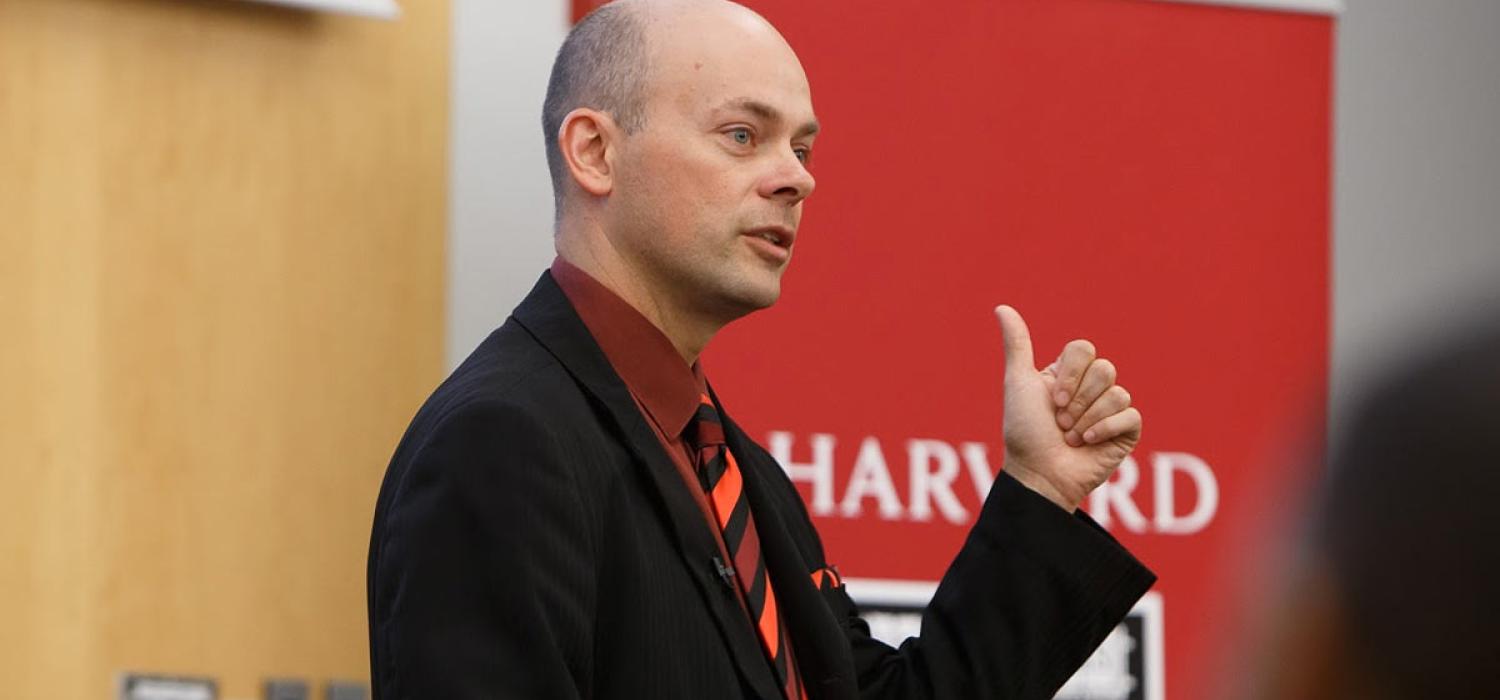
Serving All Citizens: Driving System Integration in Michigan
On January 1, 2015, recently reelected Michigan Governor Rick Snyder ascended the steps of the state capitol, took the oath of office, and delivered an inaugural address with a stirring vision. More concretely, he argued that the state needed to… Governance & Structure, People & Culture, Person Centered

Translating the Value Curve into a Vision and Plan in Dakota County, MN
Leaders in Dakota County, Minnesota, recognizing the Human Services Value Curve's potential, embarked on a journey of vision and strategic planning. The resulting transformation integrates services provided by the county as well as those provided… Leading Transformation, Services & Solutions, People & Culture, Ecosystem Redesign, Person Centered

Transforming Neighborhoods Initiative in Prince George's County
In the late 2000s, Henry “Hank” P. Stawinski III, then a senior official in the Prince George’s County (MD) Police Department, identified a troubling trend. Before the start of the millennium, his jurisdiction had had consistently high crime,… Governance & Structure, Insight & Evidence, 2Gen, Ecosystem Redesign, Person Centered
Advancing Racial Equity in Social and Economic Mobility
Accelerating Advancement Along the Value Curve
To move to the generative horizon of the Value Curve and create the conditions for communities to thrive, human services leaders must build organizational capacity and activate new strategies and solutions that achieve racial equity in social and economic mobility. We define racial equity as the condition that would be achieved if one’s racial identity no longer predicted in a statistical sense how one fares. Building racial equity means providing greater resources to compensate for past and current exclusion and discrimination and eliminating structural and systemic barriers to ensure that all people have equal opportunity and power to pursue and achieve social and economic well-being.
Developing this new-found capacity means expanding services and solutions to address multi-dimensional community-wide challenges and opportunities and intentionally building equity for all people into the attributes of well-being, such as health, social capital and resilience, safety, dignity, and economic security and mobility.
To inspire and guide other leaders in this critical equity work, the first national Kresge NextGen Human Services cohort developed action steps progressive leaders can take along each of the four dimensions of the Human Services Value Curve.
For additional details on their work please visit: nextgeninitiative.org/creating-outcomes/
Racial Equity and the Value Curve in Action
The noted poet and activist James Baldwin once said, “Not everything that is faced can be changed, but nothing can be changed until it is faced.” In this spirit, human services leaders highlighted in the following cases are facing the persistent challenge of ensuring that every person, family, and community has equity in health and human services opportunities and outcomes.
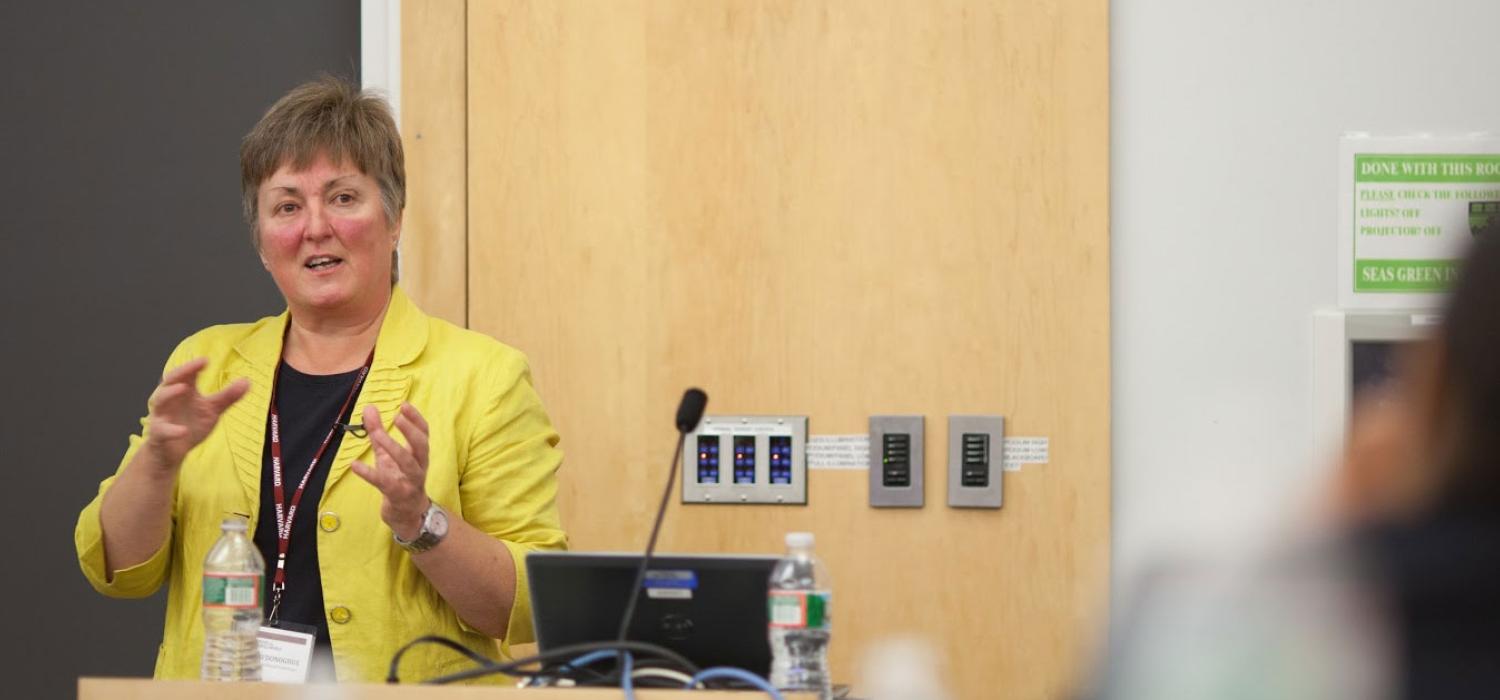
Transforming Systems and Services in Ireland
Streamlining operations is a universal imperative in the health and human services industry, but myriad possibilities exist for how to tackle it. Deciding on the best approach demands a keen understanding of the convergence dynamics that shape… Services & Solutions, People & Culture, Person Centered

Serving All Citizens: Driving System Integration in Michigan
On January 1, 2015, recently reelected Michigan Governor Rick Snyder ascended the steps of the state capitol, took the oath of office, and delivered an inaugural address with a stirring vision. More concretely, he argued that the state needed to… Governance & Structure, People & Culture, Person Centered

Translating the Value Curve into a Vision and Plan in Dakota County, MN
Leaders in Dakota County, Minnesota, recognizing the Human Services Value Curve's potential, embarked on a journey of vision and strategic planning. The resulting transformation integrates services provided by the county as well as those provided… Leading Transformation, Services & Solutions, People & Culture, Ecosystem Redesign, Person Centered